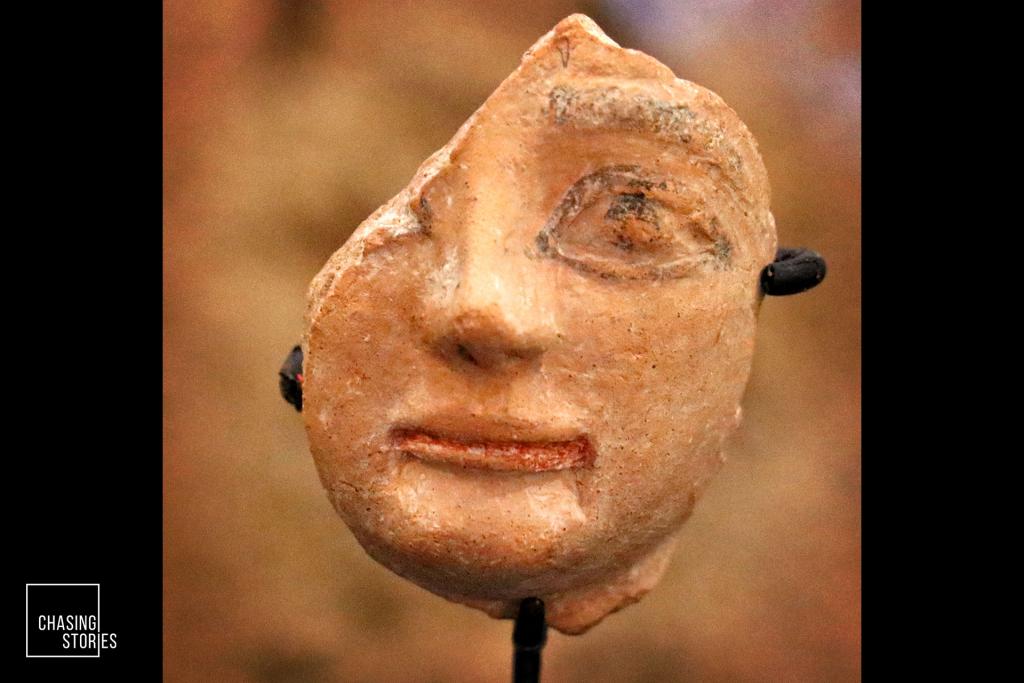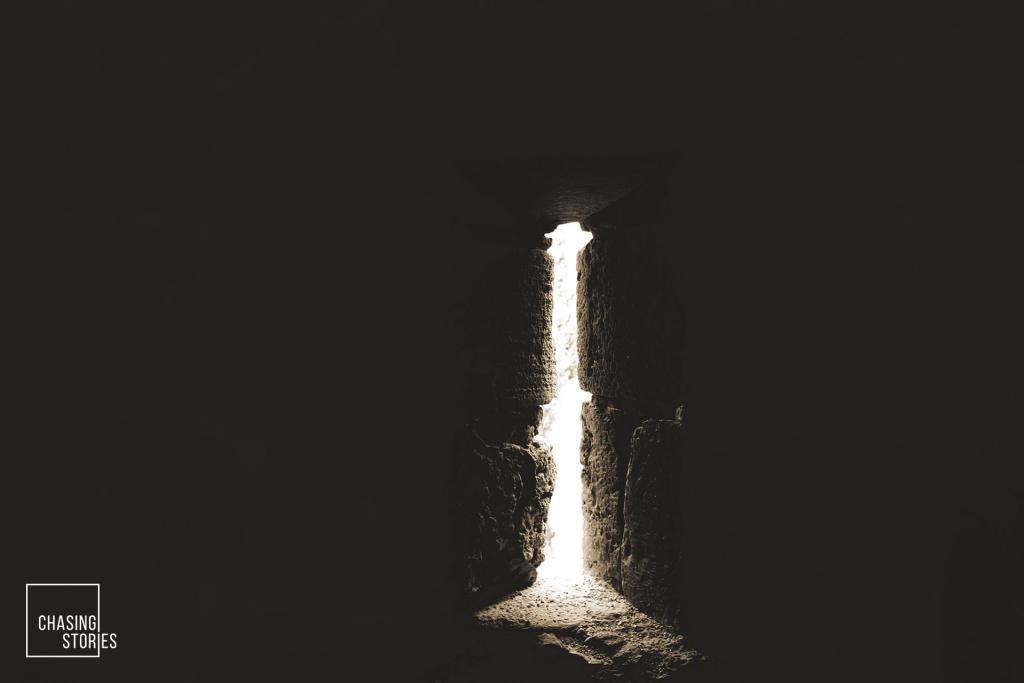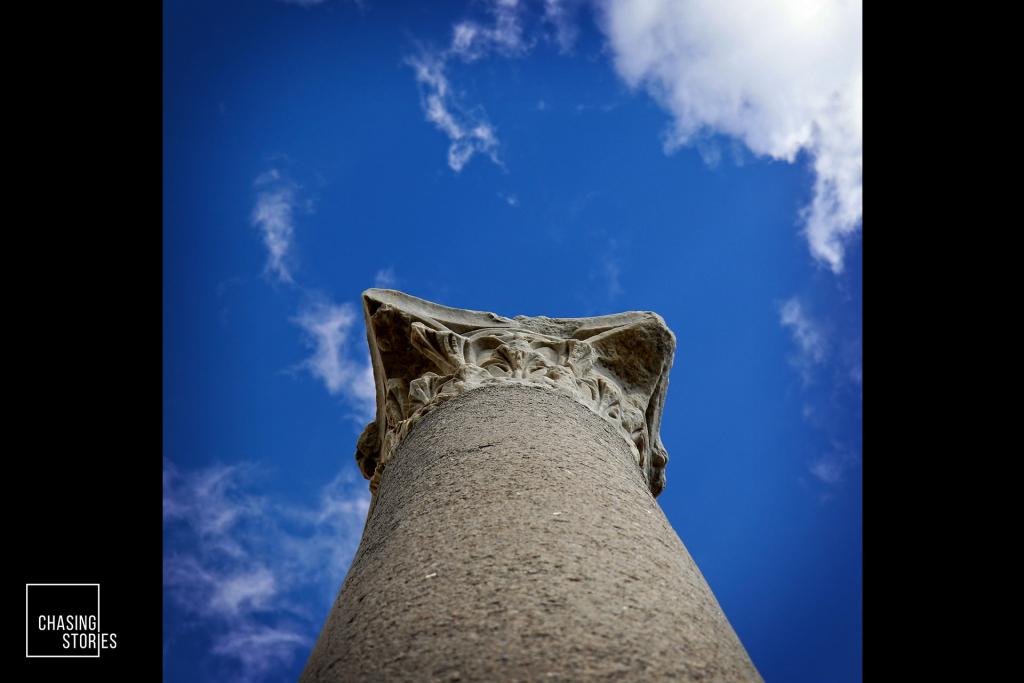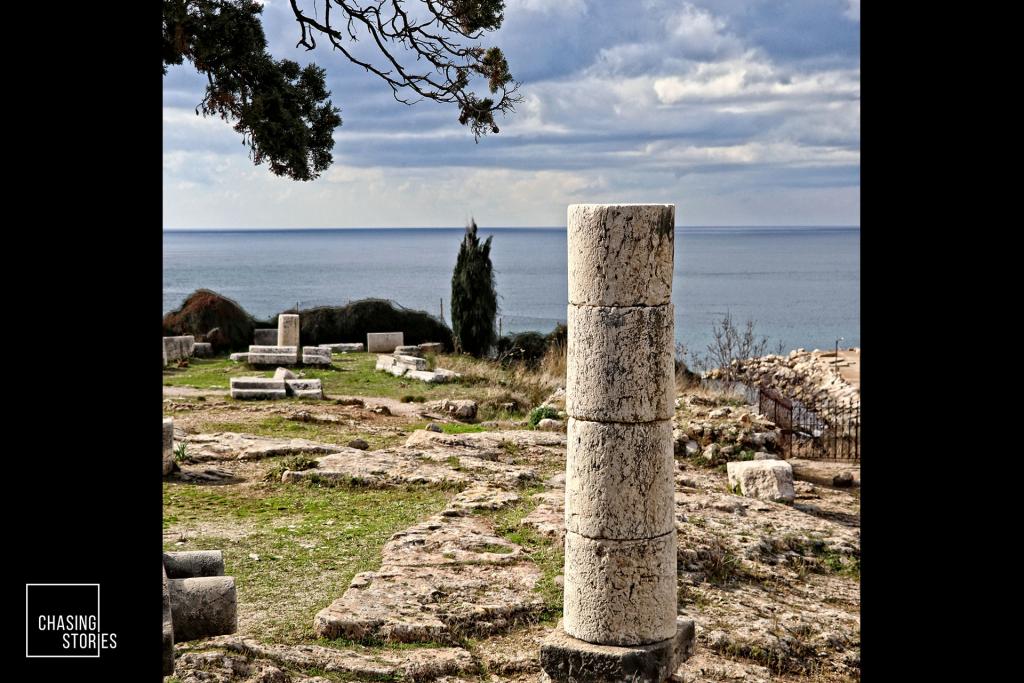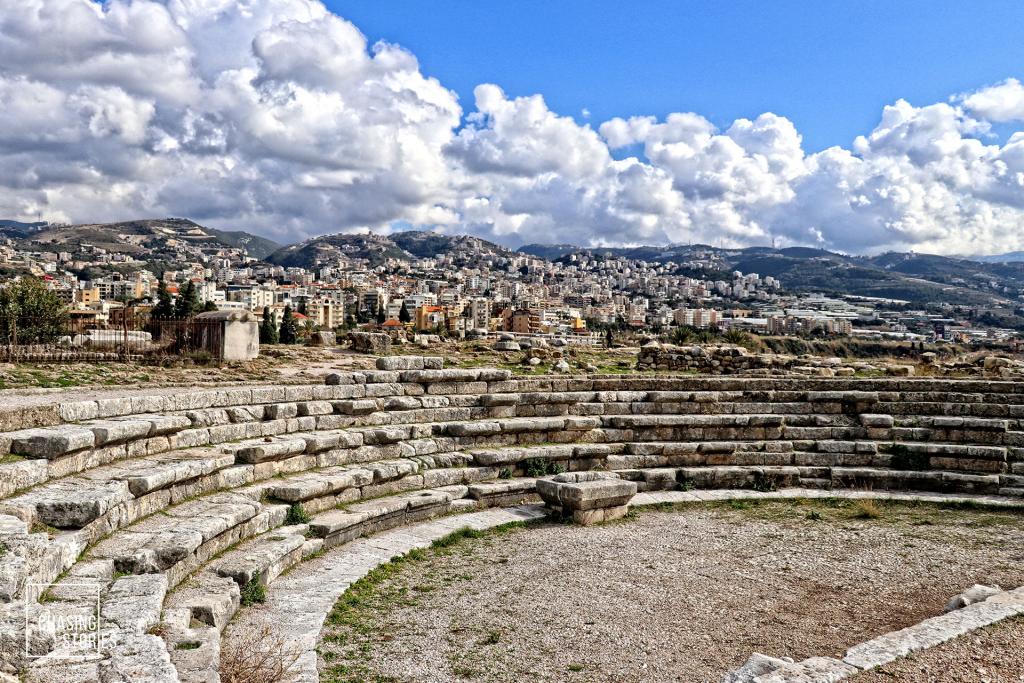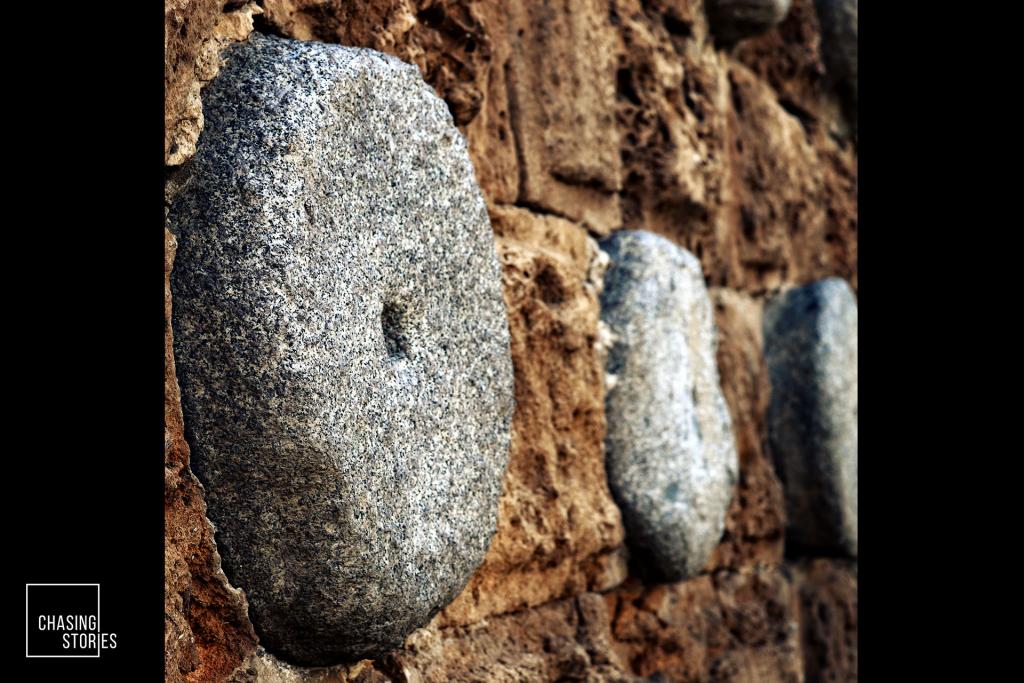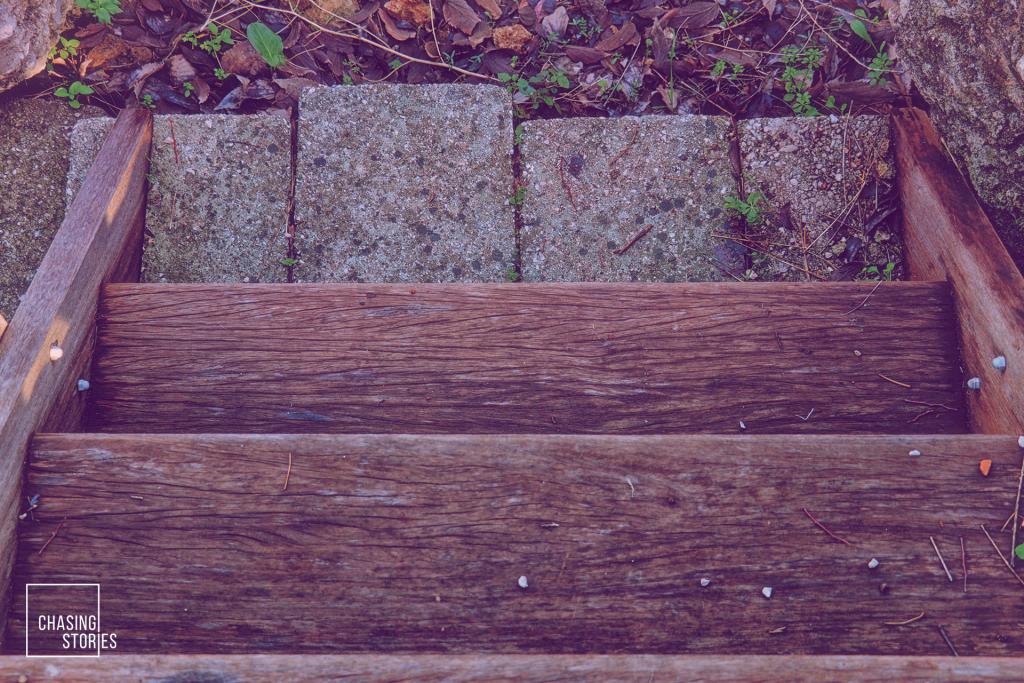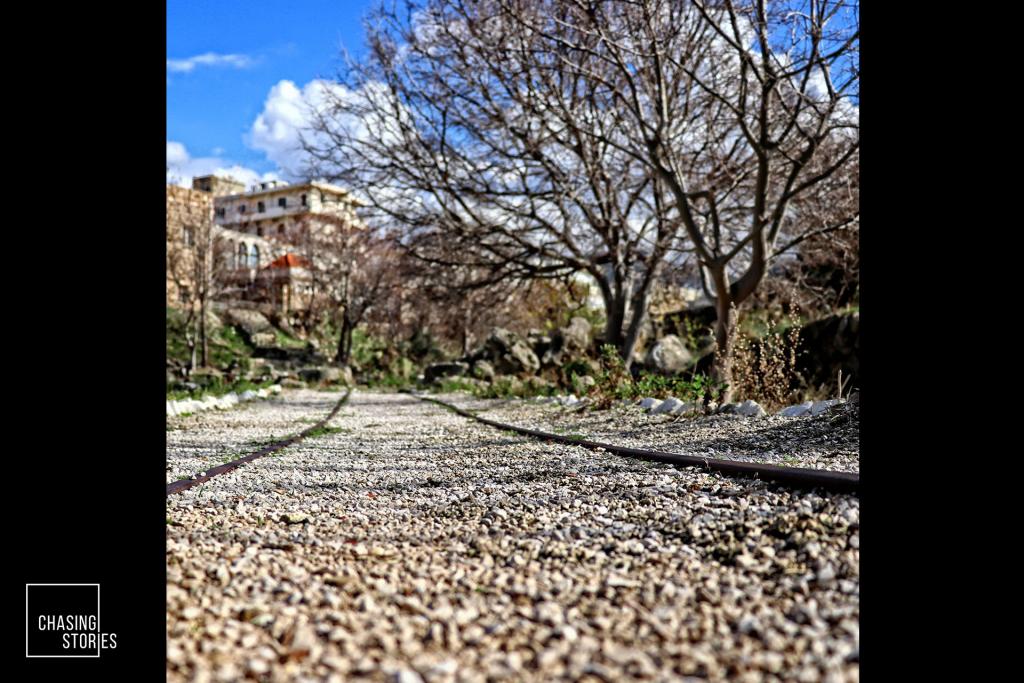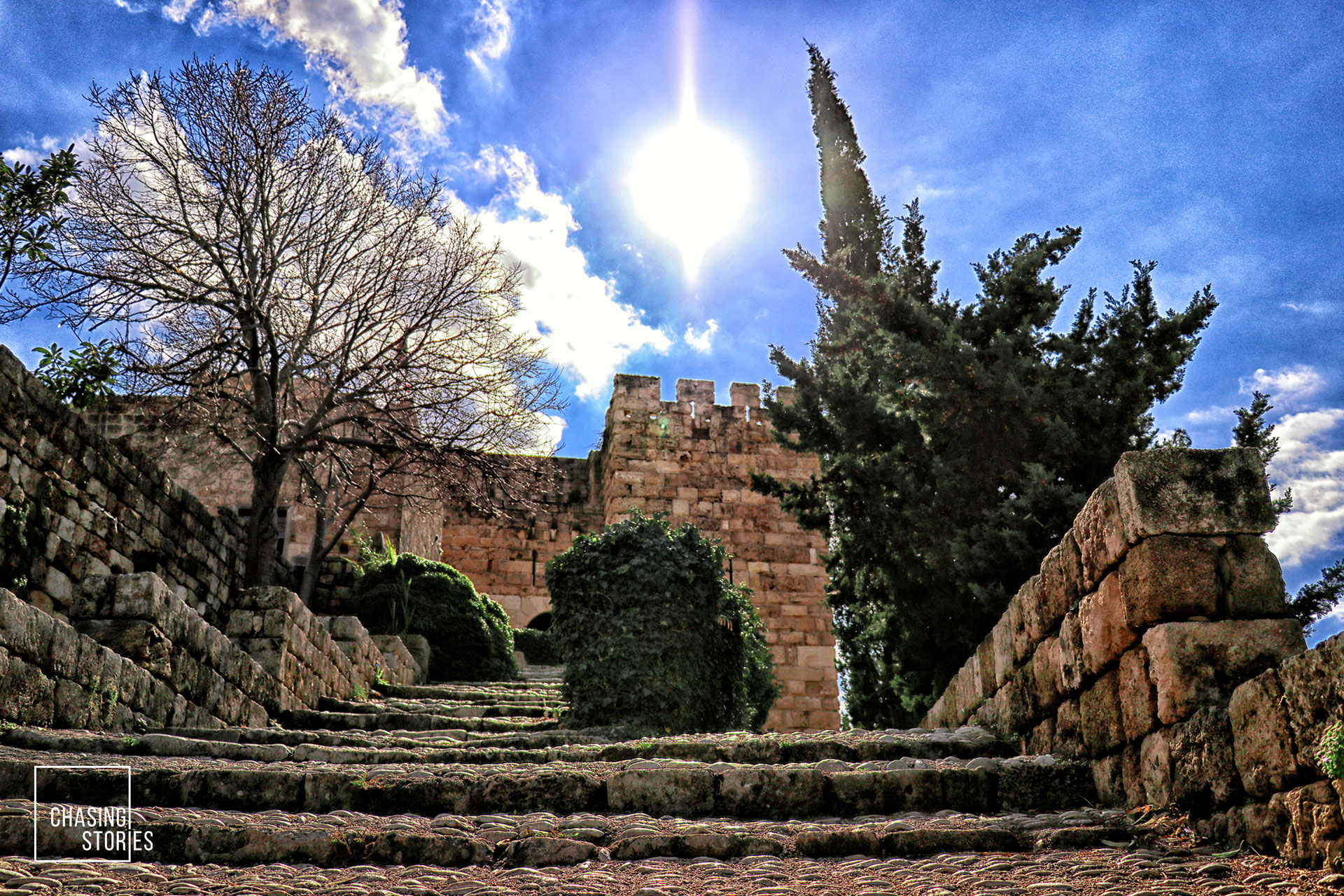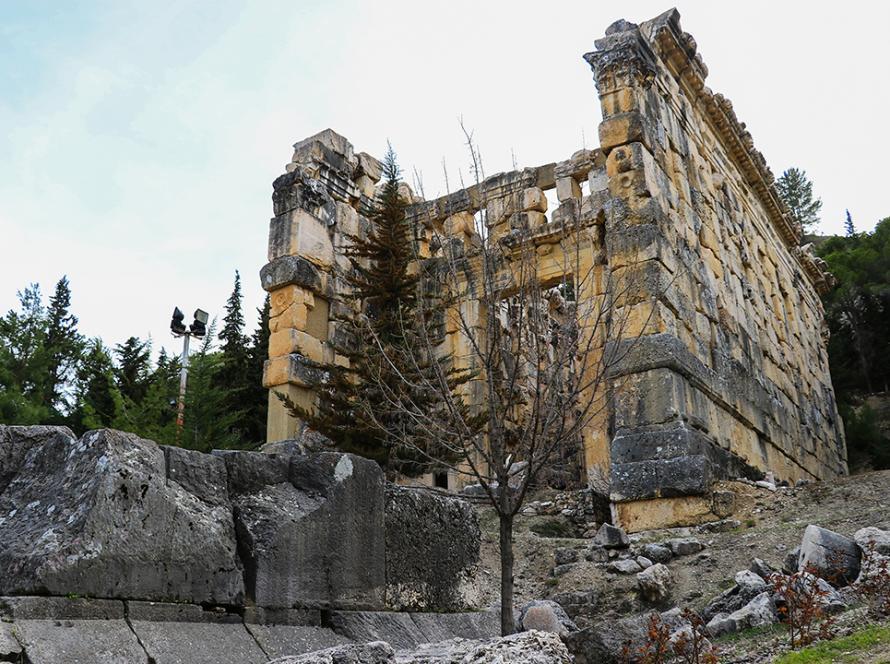Perched atop a hill overlooking the Mediterranean Sea, Byblos Castle stands as a magnificent testament to Lebanon’s rich historical and cultural heritage. Situated in the ancient city of Byblos, one of the oldest continuously inhabited cities in the world, this medieval fortress offers visitors a captivating glimpse into centuries of history, architecture, and legend. Whether you are a history enthusiast, an architecture aficionado, or simply a curious traveler, Byblos Castle promises an unforgettable journey through time.
A Brief History of Byblos Castle
Byblos Castle is not only a symbol of medieval fortification but also a reminder of the city’s strategic importance throughout history. The castle’s origins date back to the Crusader period, although its foundations rest on layers of earlier civilizations.
Historical Background:
- Crusader Era: The current structure of the castle was built during the Crusader period in the 12th century, under the rule of the Crusaders who sought to control the strategic port of Byblos.
- Pre-Crusader Foundations: The site has been occupied since ancient times, with evidence of Phoenician, Roman, and Byzantine construction preceding the Crusader fortifications. The castle’s foundations include remnants from these earlier periods, making it a layered historical site.
Architectural Marvels
Byblos Castle is renowned for its impressive medieval architecture and strategic design. The castle’s construction reflects the military and defensive needs of its time, with features that highlight its role in protecting the city and its inhabitants.
Key Architectural Features:
- Fortified Walls: The castle is surrounded by imposing fortified walls built from local limestone. These walls served to protect the castle and the city from potential invaders.
- Defensive Towers: The castle boasts several defensive towers that offer panoramic views of the surrounding landscape and the Mediterranean Sea. These towers were crucial for surveillance and defense.
- Castle Keep: The central keep of the castle is a prominent feature, providing both a stronghold and a vantage point for the castle’s inhabitants. The keep’s design reflects its importance in the castle’s defense strategy.
- Cisterns and Storage Rooms: The castle includes sophisticated cisterns for water storage and various storage rooms that highlight the self-sufficiency of the fortress.
Exploring the Castle Grounds
Walking through Byblos Castle is like stepping back in time. The castle grounds offer a wealth of historical and architectural highlights, each telling a story of the city’s past.
Things to See and Do:
- Main Entrance: The castle’s main entrance is marked by an impressive gate with a drawbridge, offering a dramatic introduction to the fortress.
- Courtyard: The inner courtyard provides a space to explore and appreciate the castle’s architecture and layout. It also offers excellent photo opportunities with its ancient stone walls and towers.
- Archaeological Remains: As you explore the castle, you’ll come across various archaeological remains, including remnants of earlier structures and artifacts that shed light on the site’s long history.
- Panoramic Views: Climb the castle’s towers for breathtaking panoramic views of Byblos, the Mediterranean Sea, and the surrounding landscape. The vistas are especially stunning at sunset.
Byblos Castle in the Context of Byblos
Byblos Castle is an integral part of the ancient city of Byblos, which is a UNESCO World Heritage Site. The city’s rich history spans several millennia, with archaeological evidence of Phoenician, Roman, and medieval civilizations.
Nearby Attractions:
- Byblos Archaeological Site: Explore the nearby archaeological site, which includes ancient ruins, temples, and the famous Byblos Port.
- Byblos Old Souk: Wander through the charming old souk, where you can find traditional crafts, local souvenirs, and enjoy the vibrant atmosphere of the city.
- Byblos Museum: Visit the Byblos Museum to see artifacts and exhibits related to the city’s ancient history and cultural heritage.
Tips for Visiting Byblos Castle
1. Wear Comfortable Shoes: The castle grounds can be uneven and rocky, so comfortable walking shoes are essential for exploring the site.
2. Bring a Camera: The castle’s scenic views and historical architecture make for excellent photography opportunities. Be sure to capture the stunning vistas and intricate details of the fortress.
3. Check the Opening Hours: Byblos Castle is typically open to visitors throughout the week, but it’s a good idea to check the current opening hours and any special events or closures before your visit.
4. Guided Tours: Consider joining a guided tour to gain deeper insights into the history and significance of Byblos Castle. Guides can provide valuable context and stories that enhance your experience.
Conclusion
Byblos Castle stands as a majestic sentinel over the ancient city of Byblos, offering a fascinating glimpse into Lebanon’s storied past. With its impressive architecture, historical significance, and stunning views, the castle is a must-visit destination for anyone interested in exploring Lebanon’s rich cultural heritage. As you wander through its ancient walls and towers, you’ll find yourself immersed in a journey through time that celebrates the enduring legacy of one of the world’s oldest cities.



